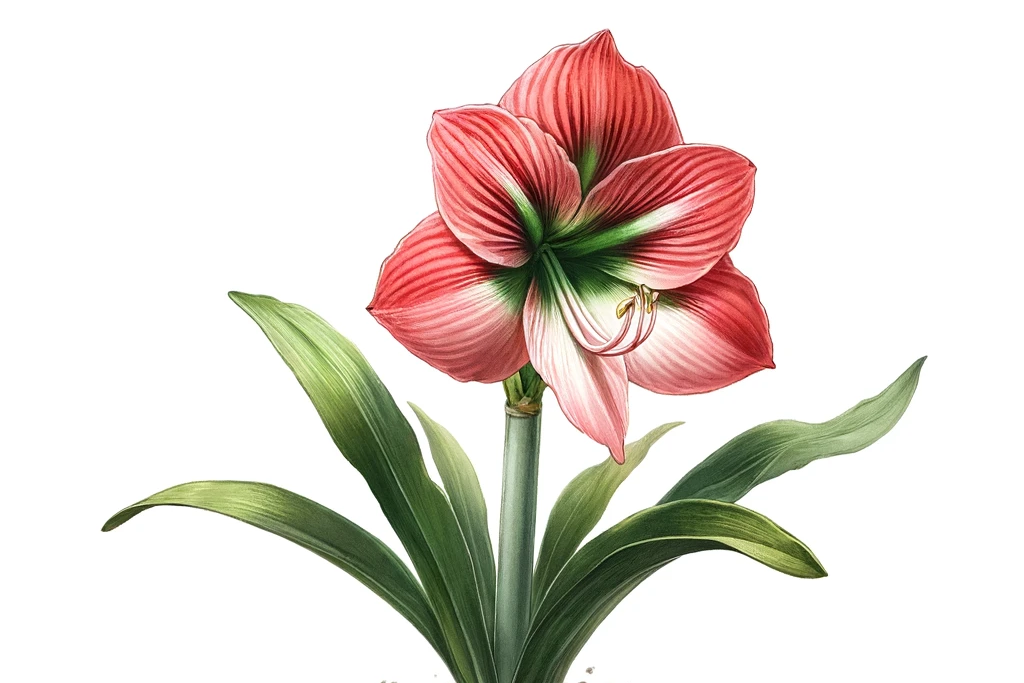Incaliles

Incalilias, also known as alstroemeria, are popular as cut flowers because of their gorgeous colors and long shelf life. They add a touch of natural beauty to any room and are available in a variety of colors that can complement any mood or occasion. But what about their safety for our four-legged friends? In this article, we'll take a look at incaliums, examine their benefits and potential dangers to dogs, and provide insights to promote harmonious coexistence in a household with dogs.
What are calla lilies?
Incalilliums are perennial plants originally from South America and are known for their bright colors and unique patterns. These plants can be kept both outdoors and as cut flowers in vases, often looking fresh for weeks. They owe their popularity not only to their beauty, but also to their ability to bloom almost all year round, making them a lasting addition to any garden or indoor space.
Advantages of incaliles
Decorative variety
Incan lilies offer an impressive variety of colors, from white to yellow and orange to red, pink and purple. This variety of color can help brighten the ambiance of a room and promote a positive mood.
Long shelf life as cut flowers
One of the greatest strengths of calla lilies is their longevity as cut flowers. They can retain an amazing freshness in vases, making them an economical choice for long-lasting floral arrangements.
Low maintenance
Inca lilies are relatively undemanding when it comes to care, both in the garden and as cut flowers. They only require regular watering and occasional fertilizing to maintain their beauty.
Disadvantages and precautions for dogs
Potential toxicity
Incal lilies can be slightly toxic to dogs. If a dog eats parts of the plant, it can cause mild gastrointestinal distress, such as nausea, vomiting or diarrhea. It is important to keep these plants out of reach of curious dogs to minimize the risk of accidental ingestion.
Skin irritation
In addition to potential oral toxicity, calla lilies can also cause skin irritation in dogs, especially if they have sensitive skin. Contact with the leaves or stem can cause redness, itching or other skin reactions.
Allergic reactions
Although rare, some dogs may have an allergic reaction to incense. Symptoms can range from mild skin reactions to more serious respiratory problems. It is important to look out for signs of an allergic reaction and consult a vet if necessary.
Incan lilies are undoubtedly an attractive addition to any garden or indoor space, offering an abundance of color and requiring little care. However, caution is advised for households with dogs. The potential toxicity and risk of skin irritation or allergic reactions require these plants to be placed and handled with care. By adhering to these precautions, dog owners can enjoy the beauty of calla lilies while ensuring a safe and healthy environment for their furry friends.
If you notice any signs of hypersensitivity or poisoning in your dog, you should see your vet immediately. We are not a substitute for a vet, but we try to be as accurate as possible. Every dog reacts differently and we recommend you get a second opinion or consult your vet if in doubt.
Stay healthy and take good care of your four-legged friend!😊
Similar to Incaliles
Gladioli (Gladiolus spp.) are attractive flowering plants that are appreciated for their long inflorescences and variety of colors. Originally from Africa, Asia and the Mediterranean region, they...
Freesias belong to the iris family (Iridaceae) and are known for their long, delicate flower stems that come in a range of bright colors. They originate from South Africa and are named after...
Zantedeschias belong to the Araceae family and are originally native to Africa. They are distinguished by their characteristic flower shape, in which a colored bract, the so-called spatha, encloses...
Amaryllis (Hippeastrum hybrids) is a bulbous plant from the Peruvian Andes that belongs to the amaryllis family. It has narrow, green leaves and a thick stem with several funnel-shaped, slightly...



